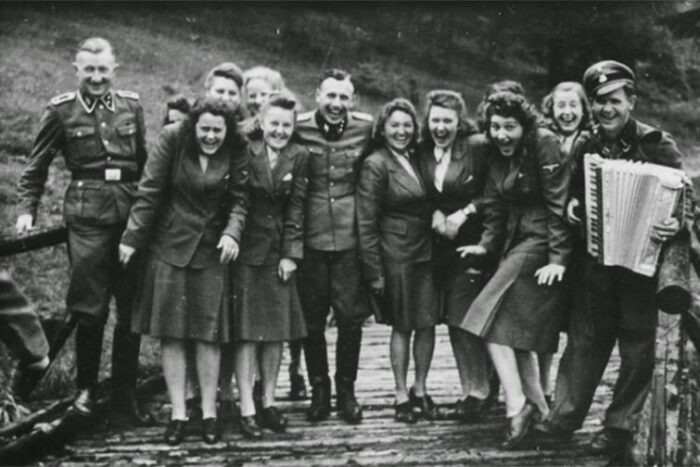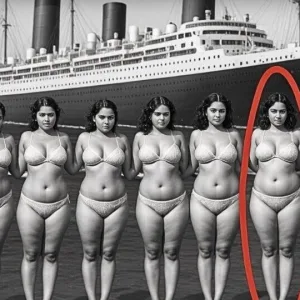Auschwitz staff on holiday, 1942

Raising the Flag on Iwo Jima (1945)
The best photography leaves a mark upon the world, it embeds itself into the culture and becomes a symbol for generations to come. That is exactly the case for Joe Rosenthal’s iconic image, Raising the Flag of Iwo Jima (1945). This image of six soldiers desperately working to hoist an American flag became a symbol of struggle and perseverance against adversity. It decries hope, struggle and success, banding together as a community to achieve feats that wouldn’t be possible on your own. The powerful imagery of the photo captured the imagination of the US, becoming embedded in the American psyche. Rosenthal’s photo is held in such regard it was the basis for the United States Marine Corps War Memorial.

Lunch atop a Skyscraper (1932)
Captured during the great depression as a publicity stunt for the skyscraper being built, Lunch atop a Skyscraper is perhaps the most well-known meal break in the world. Depicting a series of construction workers on a beam, silhouetted against the New York skyline, the image has become one of the most viewed, reproduced, and reinterpreted pieces of media in modern history. There is a humorous quality to the photo, playfully contrasting the extreme danger of the fall against the mundane enjoyment of having lunch. It has become an acknowledgement of the fun inherent in humanity, a celebration of friendships, and of the joy that can be found in even the most boring of actions.

9/11 (2001)
On September 11, 2001, some New Yorkers gathered in a Brooklyn park across the river from the World Trade Centre. Though the group didn’t know it, they were about to become etched into the American psyche. As the Twin Towers fell, photographer Thomas Hoepker documented the group in conversation, in a world utterly separated from the carnage behind them. In many ways it has become the definitive symbol of 9/11; its vague nature and separation from the physical event offers the audience a metaphorical reflection upon the event itself. On one level, there emerges a callousness of the subjects to sit and talk whilst tragedy unfurls. On another, there is a sense of helplessness, the bystanders are too far away to do anything but watch. Hoepker’s shot encapsulates, not just the event, but the feelings of the onlookers; it allows audiences to insert themselves back into the tragedy in their own eyes, to contemplate disaster as bystanders who could do nothing but watch.

